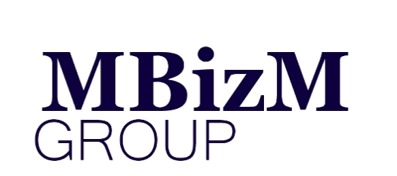In every work, there are processes. These processes exist to support the tasks or activities we engage in. If we can implement Lean Six Sigma in our processes, we will improve it greatly which in turn improves quality, yield better results, and increase profits for our products or services.
With the current trend of business flux, economic uncertainty, and technological burst, it is hard to sustain perfection at work. We are exposed to innumerable sorts of training and programs to achieve this ‘perfection’ throughout our career. Some of these training programs may apply to the generic context and some may be just specialized in a technical arena. However, Lean Six Sigma training provides knowledge that we can carry and apply for indefinitely throughout our careers. Naturally, this is what we prefer and are eager for.
Choosing the correct level of Lean Six Sigma training must be based on the job scopes, the complexity of the projects, the opportunity for job promotion, organisational needs and the level of impact on company business plans, as well as customer requirements from the organisation.
Learning Six Sigma and applying its methodologies can have an incredible impact on your future. The Lean Six Sigma certification in your résumé shows your promise to improve business comprehension and analytical skills.
Become Six Sigma Certified
Wondering which Lean Six Sigma Course suits you best? Try our free Eligibility Quiz to find out!

What each of your test results means
Score: 52 – 100 points
Lean Six Sigma Black Belt (BB) Training & Certification Program
Black Belts are proactive, analytical, and result-oriented when it comes to implementing Lean Six Sigma in an organisation. Those who possess a combination of leadership skills and aptitude for technical work are suited for Lean Six Sigma Black Belt training.
As a Black Belt, you will work on projects across different functional areas within your organisation. The projects are highly complex but yield a great amount of financial return compared to other Belts project. A Black Belt usually acts as the project team leader who facilitates and support Lean Six Sigma teams in applying high-level techniques and tools within the organisation.
Positions: Manager, Senior Supervisor, Foreman, Engineer, Senior Officer.
Score: 40 – 45 points
Lean Six Sigma Green Belt (GB) Training & Certification Program
Green Belts have a knack for problem-solving, proactive, analytical and resourceful. People with aptitude in problem-solving roles in their working areas are suitable for the Lean Six Sigma Green Belt training.
As a Green Belt, you will work on projects within your field operations and area of control. You will implement Lean Six Sigma tools and techniques in your work environment when required. Green Belt projects are less complex with lower financial returns compared to Black Belt projects. Green Belts are responsible for identifying improvement opportunities, gathering data, and utilizing the basic tools and techniques of Lean Six Sigma. They are also the members that form a Six Sigma team.
Positions: Supervisor, Junior Engineer, Officer
Score: 0 – 40 points
Lean Six Sigma Yellow Belt (YB) Training & Certification Program
Yellow Belts best comprehend their job processes and are proactive in analysing problems. People with workgroup leadership experience are suited for Lean Six Sigma Yellow Belt training.
Yellow Belts lead projects within their work area. Yellow Belt projects are less complex and yield the lowest financial returns than other Belts project. Yellow Belts are sufficiently knowledgeable in Lean Six Sigma principles, tools, and techniques. They are the support for Green Belts in defining processes, collecting data, implementing strategy, and maintaining controls.
Positions: Junior Supervisor, Junior Officer, Trainee,
Score: 46 – 51 points
For those who possess the range of score from 46 – 51 points, they are able to decide whether to attend Lean Six Sigma Black Belt (BB) or Green Belt (GB) Training & Certification Program.
